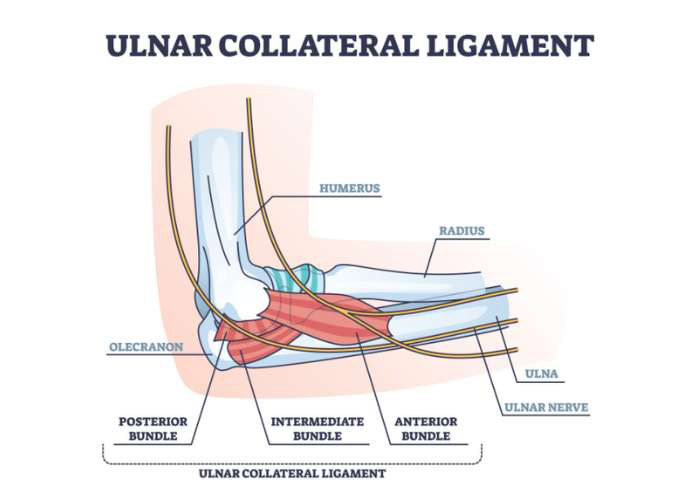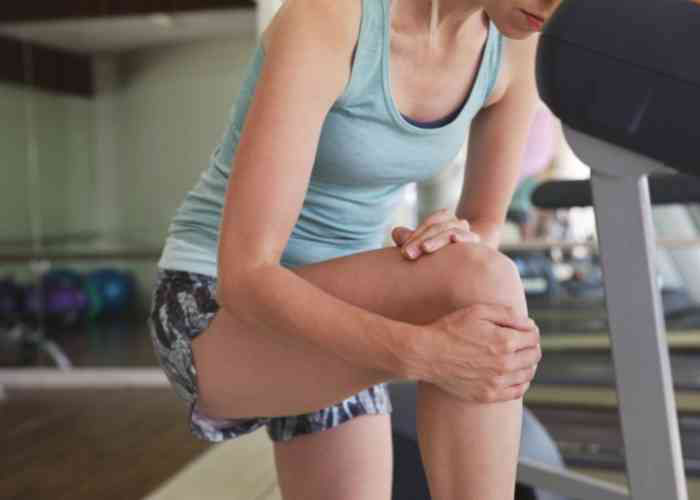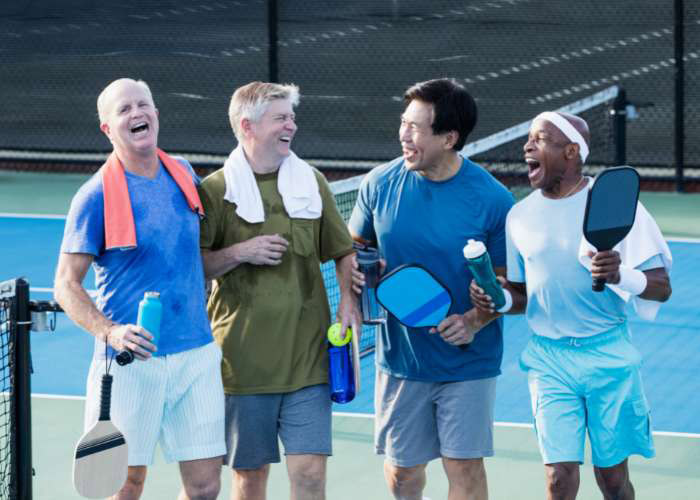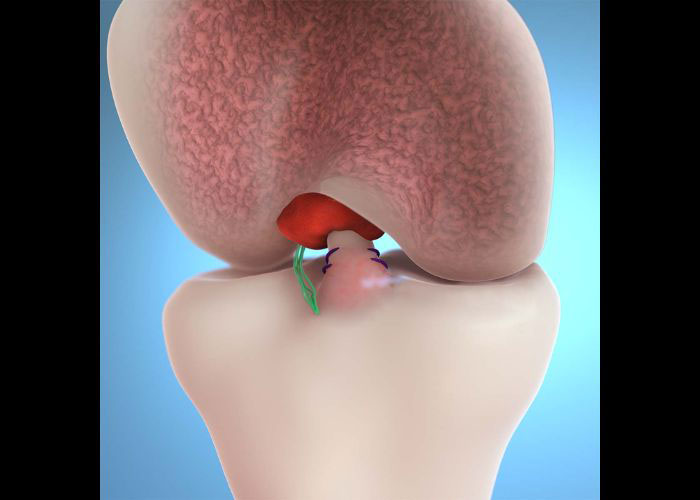What is a medial ulnar collateral ligament tear?
The medial ulnar collateral ligament (UCL) connects the humerus (upper arm bone) to the ulna (pinky side forearm bone). Although this thick, fibrous ligament can be separated into three tissue bands (anterior, posterior, transverse), they collectively function in maintaining elbow joint stability. Athletes that perform repetitive overhead throwing motions, such as pitching a baseball, cricket, serving a tennis ball, or spiking a volleyball, are the most at risk of experiencing a UCL injury or tear. However, non-athletic individuals may experience a UCL injury from a traumatic event like falling onto an outstretched arm. UCL injuries can range from simple stretching of the ligament to a complete tear involving additional concomitant injuries. Dr. Ronak Mukesh Patel, orthopedic elbow specialist serving patients in Sugar Land, Pearland, and the Houston, Texas area, has the knowledge and understanding, as well as substantial experience in treating patients who have experienced an ulnar collateral ligament injury.

Are there varying degrees of an ulnar collateral ligament injury?
Ulnar collateral ligament (UCL) injuries are classified into three categories by evaluating the severity of ligament damage:
- Grade 1: This UCL injury has mild stretching or pulling of the UCL that results in elbow pain, but the overall functionality is maintained.
- Grade 2: Occurs when the UCL is stretched beyond its limits resulting in a partial ligament tear, but the ligament remains anchored to its native attachment sites on the humerus and ulna.
- Grade 3: This UCL injury is the most severe category illustrated by a complete of the UCL resulting in elbow joint instability.
What are the symptoms of an ulnar collateral ligament injury?
Individuals with a suspected acute ulnar collateral ligament (UCL) injury may notice a substantial decrease in elbow joint functionality, whereas performing activities of daily living may still be manageable for those with a chronic ligament injury. The most common complaint reported with a UCL injury is pain that is located along the inner portion of the elbow that worsens with overhead movements. Some other common complaints of a UCL injury include:
- Elbow joint instability
- Swelling of the elbow joint
- An audible “popping” sound with an acute UCL injury
- A reduction in velocity with serving or throwing
- A tingling sensation in the ring and pinky fingers
How is an ulnar collateral ligament injury diagnosed?
A comprehensive medical history will be gathered by Dr. Patel and include the precipitating injury (if any), any other elbow conditions, and current symptoms. A thorough physical examination of the upper extremity will then be performed to assess the range of motion and evaluate for areas of pain. Dr. Patel will also perform a valgus stress test to evaluate for elbow instability and pain and determine the degree of ulnar collateral ligament (UCL) injury.
Diagnostic imaging studies are beneficial tools to help confirm a UCL injury. X-rays can identify any bone-related injuries. Computerized tomography (CT) scans are performed if significant bony abnormalities are suspected. Magnetic resonance imaging (MRI) is the most useful diagnostic tool in identifying and classifying UCL damage. Electromyography (EMG) and nerve conduction studies may be requested for patients with symptomatic nerve damage to rule out ulnar nerve entrapment.
What is the treatment for an ulnar collateral ligament injury?
Non-surgical treatment:
Patients with Grade 1 or Grade 2 ulnar collateral ligament (UCL) injuries may respond well to conservative therapies; however, non-surgical treatment measures are unpredictable for UCL injuries. Immobilization of the elbow joint with a sling can prevent further damage to the UCL during the healing process. A combination of RICE (rest, ice, compression, elevation) with non-steroidal anti-inflammatory medications (NSAIDs) can help minimize any pain and inflammation associated with this condition. A newer alternative treatment option is the injection of platelet-rich plasma (PRP) near the injury site. A physical therapy program will accompany any of these conservative therapy options to improve muscular strength surrounding the UCL. Finally, a gradual return to throwing program may be implemented for the overhead throwing athlete.
Surgical treatment:
In the event of failed conservative treatment measures, or if a patient suffers a more severe ulnar collateral ligament (UCL) injury, surgical repair or reconstruction of the UCL is often necessary to restabilize the elbow joint. If a repair is indicated, this involves utilizing specialized anchors and an Internal Brace device to augment the UCL repair. The recovery period is substantially short for a repair compared to reconstruction but not all patients may be candidates. The surgical reconstruction procedure performed, known as Tommy John surgery, is an effective treatment method for returning high-demand athletes back to their respective sports activities, typically overhead throwers or athletes. Surgical reconstruction of the UCL typically involves harvesting a tissue graft, either from the patient (autograft) or donor (allograft), to replace the patient’s original UCL.
Elbow UCL Injury Specialist

Throwing athletes like baseball pitchers, quarterbacks or other individuals who throw at high velocities are susceptible to an elbow injury called a medial ulnar collateral ligament (UCL) injury. UCL injuries can cause elbow instability, pain and loss of strength. Medial UCL injury specialist, Doctor Ronak Mukesh Patel, provides diagnosis as well as surgical and nonsurgical treatment options for patients in Houston, Sugar Land, and Pearland, TX who have suffered a medial ulnar collateral ligament injury in their elbow. Contact Dr. Patel’s team today!








